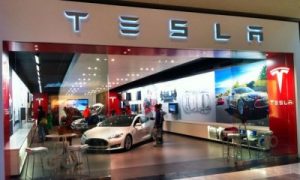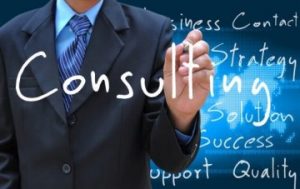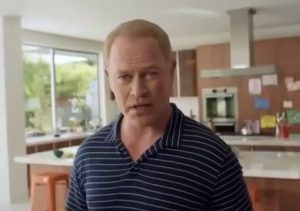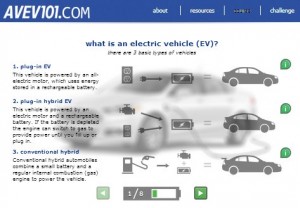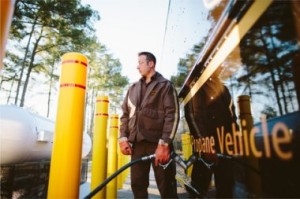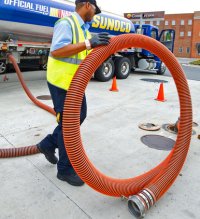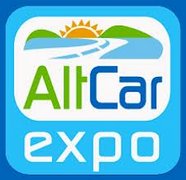 AltCar Expo is continuing to expand beyond Santa Monica, Calif., with the first Northern California AltCar Expo held at Richmond’s Craneway Pavilion on Friday and Saturday. Plug-in vehicle readiness and deployment of alternative fuel infrastructure tools for local government agencies were explored in speaker panels, and electric vehicles, hybrids, and vehicles powered by hydrogen, natural gas, and propane were available for test drives. AltCar Expo Texas will host its fifth annual meeting March 28-29 at the Irving Convention Center; it’s taking place in coordination with the Propane Engine Fuel Summit on March 27.
AltCar Expo is continuing to expand beyond Santa Monica, Calif., with the first Northern California AltCar Expo held at Richmond’s Craneway Pavilion on Friday and Saturday. Plug-in vehicle readiness and deployment of alternative fuel infrastructure tools for local government agencies were explored in speaker panels, and electric vehicles, hybrids, and vehicles powered by hydrogen, natural gas, and propane were available for test drives. AltCar Expo Texas will host its fifth annual meeting March 28-29 at the Irving Convention Center; it’s taking place in coordination with the Propane Engine Fuel Summit on March 27.
The free two-day event in Richmond, Calif., kicked off Friday morning with remarks from Mayor Gayle McLaughlin, Contra Costa County Supervisor John Gioia, and Randall Winston, special assistant to the executive secretary office of Gov. Jerry Brown. Scheduled speakers on Friday included Jon Coleman of Ford, Steve Ellis of Honda, Jeannie Lam of Nissan, and Christine Kehoe of the California Plug-In Electric Vehicle Collaborative. “Plug-In Electric Vehicle Readiness Plan for Local Governments & Industry,” was hosted by the Association of Bay Area Governments, the Bay Area Air Quality Management District, and the Metropolitan Transportation Commission. The session focused on suggested actions elected officials can take in their communities to support electric vehicle deployment. “Best Practices for Deployment of Alternative Fuels Infrastructure-Tools for Local Government Agencies” was hosted by the Bay Area Air Quality Management District, and the San Francisco, East Bay, and Silicon Valley Clean Cities Coalitions. It focused on best practices for the sighting and permitting of natural gas and hydrogen infrastructure.
The daylong Propane Engine Fuel Summit in Texas will feature Texas schools and businesses using propane autogas. Presentations from the City of Fort Worth, CleanFUEL USA, Dallas County Schools, Dallas-Fort Worth Clean Cities, and Northwest Propane Gas Co., will cover topics such as refueling infrastructure, economic and environmental factors, and propane industry equipment. Santa Monica’s flagship AltCar Expo, the ninth annual, will be held September 19-20 at the Santa Monica Civic Center in Santa Monica, Calif.
And in other clean transportation news……..
Intertek is working with US Department of Energy (DOE) and several national laboratories to collect data on alternative fuel vehicle street performance and reduction of petroleum consumption. Testing includes vehicle performance, durability, and operational costs. Intertek has a lot of experience in this space, being a leading provider of global testing, quality, and safety solutions. Most battery electric and plug-in hybrid models have been included in the study, along with hybrids, the Honda Civic Natural Gas, and the Volkswagen Jetta TDI. Vehicle performance data is being collected through Intertek’s data logging systems at a closed course test track. Fleets are also involved in the data collection – as the test models are driven daily for nearly 200,000 miles over three years. Each car is equipped with Intertek’s data loggers, which use Wi-Fi to automatically upload the operational data.
Coda Automotive has gone away, but its new identity – Coda Energy – is up and running. Coda Energy has installed about 20 of its “CODA Core” Tower systems at commercial and industrial sites across California. Fortress Investment Group, which picked up Coda’s assets last year in June for $25 million during Coda Automotive’s bankruptcy, will be providing financial backing for a total of 100 systems over the next few months. Fortress is investing about $64,000 for each 30-kilowatt, 40-kilowatt hour lithium-ion battery based unit. Coda’s new combined system received Underwriters Laboratories (UL) 1973 safety standard certification last month. Coda’s customers for this grid battery system will pay only 50% of whatever savings the systems provide to annual utility bills. Reducing demand charges is the primary economic driver for these battery systems – and these types of battery storage systems are expected to become more important going forward as a way to retain renewable energy for electricity.
Hyundai Motor Co. is entering the battery-powered vehicle market in 2016 through its Kia Motors subsidiary. An electric version of the Soul compact will start being built in Korea next month, eventually ending up at destinations in the US and Europe. The battery electric Soul is expected to run 92 miles per charge; the global sales target for this year is 5,000 Soul EVs. In other news, Hyundai has another MPG problem – the automaker is restating the mileage rating on another one of its vehicles – the 2014 Sonata sees its rating drop from 29.6 mpg to 28.4 mpg. In 2012, Hyundai and Kia had an investigation by the US Environmental Protection Agency and acknowledged that its original stated mileage on cars like the Hyundai Elantra and Kia Soul had been inflated somewhere between one and six miles per gallon.
Biofuels will continue to see growth, but at a much slower pace than originally expected, according to a Lux Research study. The industry is expected to grow to 60.4 billion gallons a year between 2013 and 2017, a 3.2% annual growth rate – but far less than the 19.6% annual growth rate experienced between 2005 and 2013. The “food vs. fuel” debate and imminent blend limits for biodiesel and ethanol by the US Environmental Protection Agency have created impediments. Next-generation feedstocks like waste oils and cellulosic biomass are not tied up in the food supply and could unlock significant economic advantages; and next-gen biofuels – such as renewable diesel and butanol – can offer higher blends, but are not quite mature, according to the report.
Volkswagen is testing out lithium-air battery technology that could triple storage capacity. The new battery could hold much more power than its size would indicate – a 24.2 kWh battery perhaps holding 80 kWh of energy; its range could skyrocket up to 300 miles per charge. VW is keeping it under wraps for now – including when it might be installed in one of its cars.
Walmart is testing out a “WAVE” vehicle in its fleet – Walmart Advanced Vehicle Experience – which will be 20% more aerodynamic than counterparts because it’s being made out of carbon fiber; its micro-turbine hybrid powertrain can run on a variety of fuels. There’s also an electric motor and battery storage system being tested out. The carbon fiber body would cut out 4,000 pounds from the truck; it’s 53 feet long – the first time sheets that large have been manufactured. The goal here for Walmart is to double its fleet fuel efficiency by 2015, which the company says it’s 80% on the way to meeting.
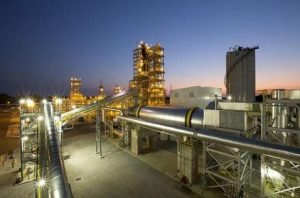 KiOR Inc., which operates a commercial-scale cellulosic biofuel plant, may be closing its shutters very soon. Backed by venture capitalist Vinod Khosla, there’s been a lot of hope in KiOR as a symbol for possibility in advanced biofuels as a clean transportation fuel. Its catalytic process converts woody biomass and non-food crops into gasoline and diesel and can be fueled through the existing US infrastructure. Khosla just made a commitment for near-term financing, but the company needs more additional capital by April 1 to stay in operation. The company needs to meet certain milestones to bring in at least $25 million by the end of this month; part of that milestone performance is bringing its Columbus, Miss., biofuel plant through an upgrade. If additional funding doesn’t come through, it’s likely to default on its debts and may file for bankruptcy. All of this was announced not long after the company reported a $347 million loss for 2013.
KiOR Inc., which operates a commercial-scale cellulosic biofuel plant, may be closing its shutters very soon. Backed by venture capitalist Vinod Khosla, there’s been a lot of hope in KiOR as a symbol for possibility in advanced biofuels as a clean transportation fuel. Its catalytic process converts woody biomass and non-food crops into gasoline and diesel and can be fueled through the existing US infrastructure. Khosla just made a commitment for near-term financing, but the company needs more additional capital by April 1 to stay in operation. The company needs to meet certain milestones to bring in at least $25 million by the end of this month; part of that milestone performance is bringing its Columbus, Miss., biofuel plant through an upgrade. If additional funding doesn’t come through, it’s likely to default on its debts and may file for bankruptcy. All of this was announced not long after the company reported a $347 million loss for 2013.




